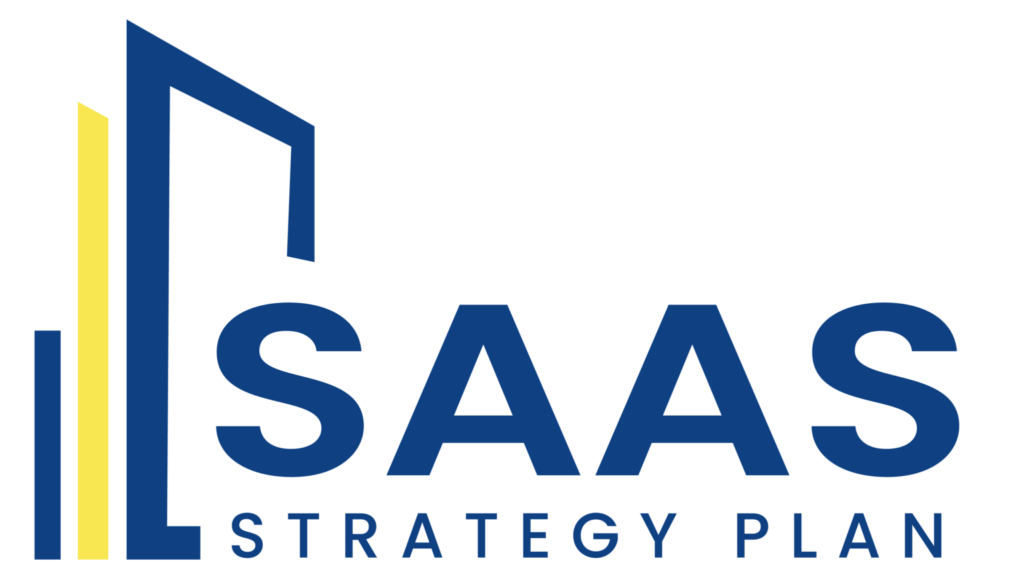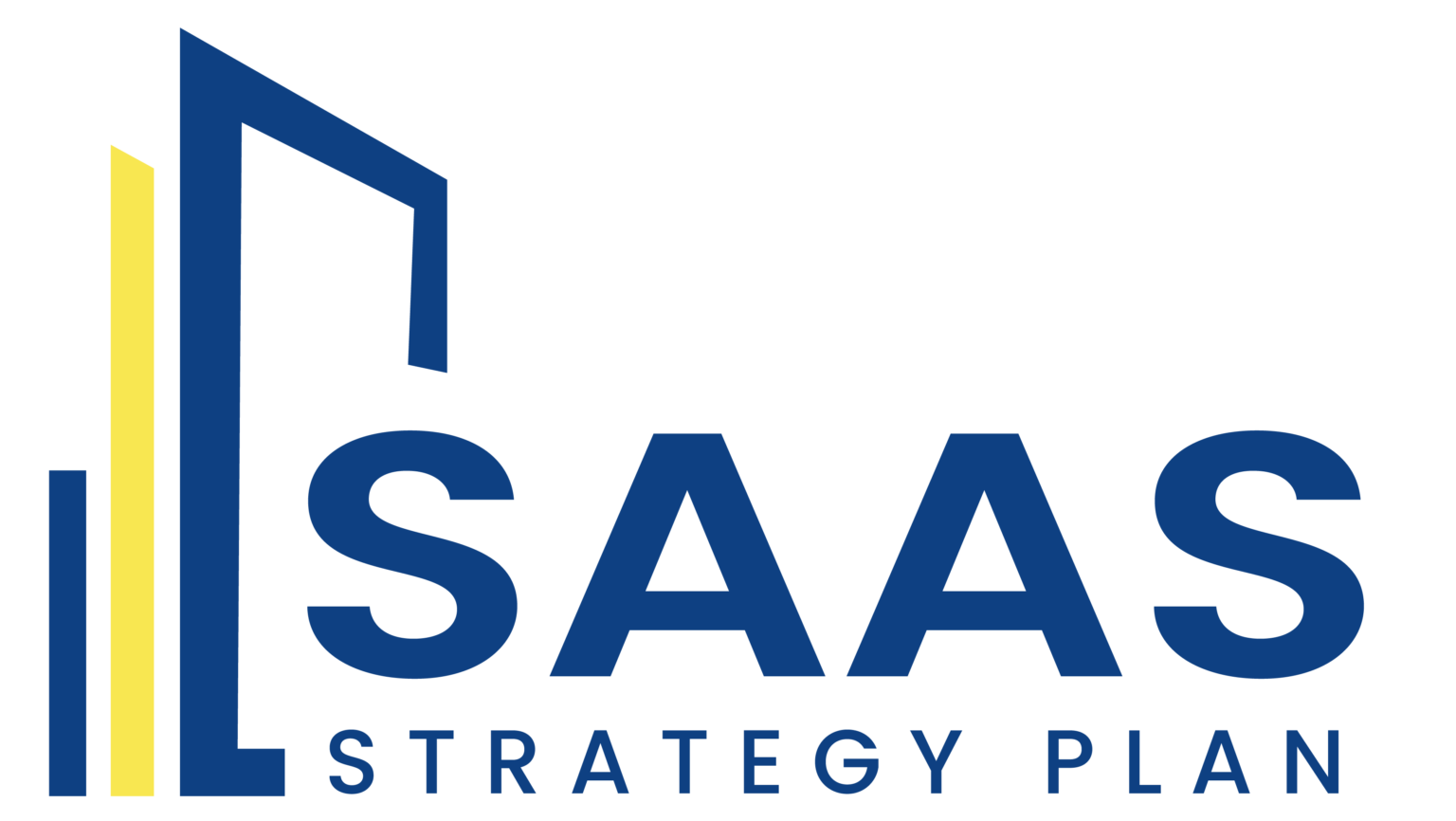A Detailed Thought Process Behind Outsourcing Lead Generation to Enhance Growth
1. Strategic Alignment Strategic Fit and Competitive Edge: Differentiation: For seasoned business leaders, outsourcing lead generation is not just a tactical decision but a strategic move to gain a competitive edge. By partnering with experts who utilize cutting-edge technology and sophisticated techniques, businesses can differentiate themselves in the marketplace. This strategic differentiation can be crucial in highly competitive industries where innovation and agility are key. Long-Term Vision: Experienced professionals understand the importance of aligning lead generation strategies with long-term business goals. Outsourcing allows companies to integrate advanced methodologies that support growth initiatives, such as market expansion, product diversification, or geographic reach. Ensuring that the lead generation strategy complements your vision for scaling and evolving the business is critical. Strategic Partnerships: Leveraging Expertise: Collaborating with lead generation agencies offers access to specialized knowledge and industry insights that might not be available internally. Agencies often have deep experience in various sectors and can provide valuable insights into market trends, customer behavior, and emerging opportunities. Building Relationships: For high-level executives, the focus extends beyond immediate results to building long-term, strategic partnerships. Engaging with lead generation partners who align with your business values and goals can foster a more collaborative and productive relationship, leading to sustained success. 2. Operational Efficiency Advanced Techniques and Technology Integration: Technology Adoption: Experienced business leaders recognize the importance of leveraging advanced technologies to enhance operational efficiency. Outsourcing partners often use state-of-the-art tools such as machine learning algorithms, predictive analytics, and CRM integrations to optimize lead generation. Understanding how these technologies fit into your existing systems can maximize their benefits. Process Optimization: Agencies specialize in refining lead generation processes to ensure efficiency. This includes optimizing lead scoring models, automating follow-ups, and implementing multichannel strategies. For seasoned professionals, evaluating these processes and their impact on overall efficiency is crucial. Scalability and Flexibility: Adapting to Change: The ability to quickly scale lead generation efforts in response to market changes or business growth is a significant advantage. Outsourcing provides the flexibility to adjust strategies and resources based on real-time data and evolving business needs, which is particularly valuable for rapidly growing or fluctuating businesses. Resource Allocation: Experienced leaders understand the importance of strategic resource allocation. Outsourcing lead generation allows internal teams to focus on high-value activities, such as strategic planning and client relationships, while external experts handle the operational aspects of lead acquisition. 3. Financial Considerations Cost-Benefit Analysis and Financial Impact: Comprehensive Cost Analysis: A detailed cost-benefit analysis is essential for understanding the financial implications of outsourcing. This includes evaluating not just the direct costs of outsourcing but also the potential savings from reduced overheads, such as technology investments and training costs. Long-Term ROI: Experienced professionals should consider the long-term return on investment. While outsourcing may involve initial costs, the potential for increased revenue through higher-quality leads and more efficient processes can lead to substantial long-term gains. Analyzing historical data and case studies can provide insights into the potential ROI. Budget Management and Forecasting: Predictive Budgeting: Implementing predictive budgeting techniques can help manage outsourcing expenses effectively. By forecasting lead generation needs based on historical performance and future projections, businesses can better allocate budgets and optimize spending. Performance-Based Models: Utilizing performance-based pricing models, such as cost-per-lead or commission-based structures, ensures that spending is directly linked to results. This approach aligns incentives and can improve financial outcomes by tying costs to lead quality and conversion rates. 4. Integration and Collaboration Effective Integration and Alignment: Onboarding and Training: For experienced leaders, ensuring seamless integration between internal teams and outsourcing partners is crucial. This includes comprehensive onboarding and training to align the external team with your company’s goals, processes, and brand voice. Regular workshops and alignment sessions can enhance collaboration. Cross-Functional Teams: Creating cross-functional teams that include members from both your organization and the outsourcing partner can facilitate better communication and coordination. This approach helps ensure that lead generation strategies are well-integrated with other marketing and sales initiatives. Continuous Improvement and Innovation: Data-Driven Insights: Leveraging data to drive continuous improvement is a hallmark of experienced leadership. Regularly reviewing performance metrics, such as lead conversion rates and customer acquisition costs, allows for ongoing optimization of lead generation strategies. Innovation and Adaptation: Keeping abreast of industry trends and innovations is essential. Experienced professionals should work with outsourcing partners who are proactive in adopting new technologies and methodologies, ensuring that lead generation efforts remain cutting-edge and effective. 5. Data and Compliance Advanced Data Management and Utilization: Data Analytics and Insights: Advanced data analytics plays a pivotal role in refining lead generation strategies. Experienced leaders should focus on how outsourcing partners utilize data to identify high-potential leads, optimize targeting, and enhance overall campaign performance. Customized Reporting: Detailed and customized reporting from outsourcing partners provides valuable insights into lead generation effectiveness. Understanding how to interpret these reports and apply insights to strategic decision-making can drive better results. Regulatory Compliance and Risk Management: Regulatory Considerations: Ensuring compliance with data protection regulations, such as GDPR or CCPA, is a critical aspect of working with outsourcing partners. Experienced professionals should verify that partners have robust compliance measures in place and conduct regular audits to mitigate risks. Ethical and Responsible Practices: Adopting ethical lead generation practices is essential for maintaining brand integrity and customer trust. Evaluate how outsourcing partners adhere to ethical standards and industry best practices to ensure responsible and transparent lead acquisition. Conclusion Outsourcing lead generation is a sophisticated strategy that involves nuanced decision-making and a thorough understanding of strategic, operational, financial, and compliance factors. For experienced business leaders, the focus extends beyond immediate results to include long-term strategic alignment, advanced technology integration, and comprehensive financial analysis. By considering these detailed aspects, businesses can make informed decisions that drive growth, enhance efficiency, and achieve sustainable success.
A Detailed Thought Process Behind Outsourcing Lead Generation to Enhance Growth Read More »





